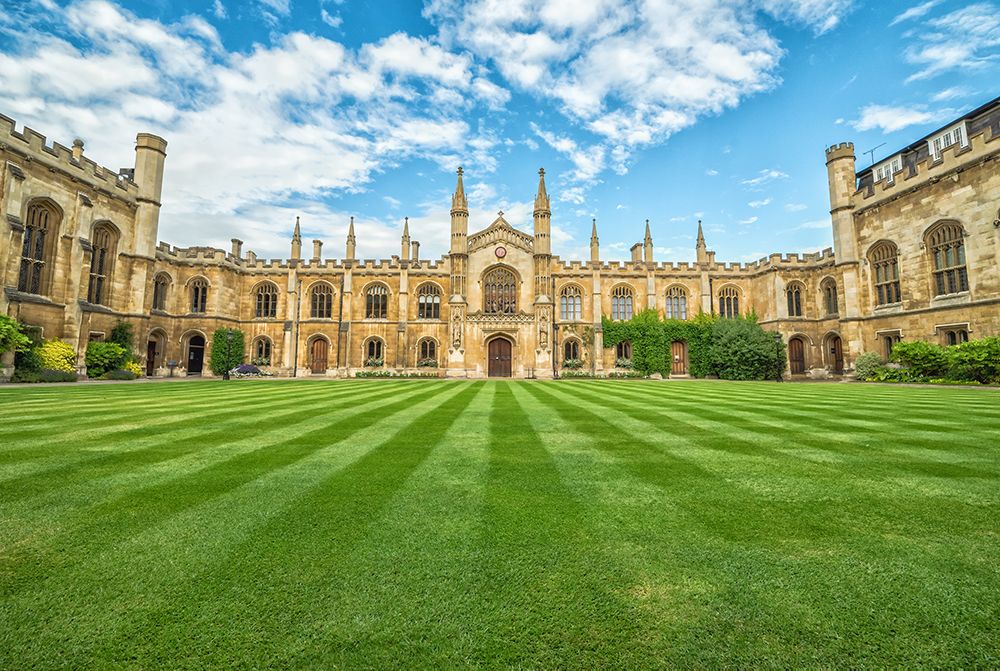Understanding Class Rank: Its Role in College Admissions
Read now/f/64062/960x636/d3bf26b7c1/diploma-blog.jpg)
/f/64062/550x367/4bce87e17e/h_11-4169-smgflags-019.jpg)
The study of languages as a course or a major at University can open doors for students in a range of fields, including business, politics research, journalism and teaching. Top universities might also allow their students to study languages as a minor or course requirement, as well as provide their students with great exchange opportunities. In celebration of International Translation Day, we take a look at the QS World University Subject Rankings to find out which universities have the top language programs in the world. Check out the rankings below!

Coming in at first on the list is the University of Oxford in the UK, where foreign languages have been taught since 1724.
Students hoping to study modern European languages at Oxford can study their Modern Languages course, which allows students to study one or more modern European languages.
Other courses such as Modern Languages & Linguistics; Classics & Modern Languages; History & Modern Languages; English & Modern Languages; and Philosophy & Modern Languages all allow students to study one modern language in-depth together with another field.
There is also a European and Middle Eastern Languages (EMEL) course, allowing students to study one of the modern European languages alongside a Middle Eastern language such as Arabic, Hebrew, Persian or Turkish.
Studying Modern Languages at Oxford provides both practical training in written and spoken language, and an extensive introduction to literature and thought written in different languages. Students are given flexibility to be creative, being able to study their choice of literature, or focus studies on any period from the medieval to the present day.
All modern Languages students at Oxford spend a compulsory year abroad, typically as a paid language assistant in a school, working in an overseas internship or studying at a foreign University.
Did you know Crimson Students are 2-4x more likely to gain admission to the University of Oxford? Find out more about our Admission Support service.

In a close second is Harvard University in the US.
Commitment to liberal arts & sciences is at the core of Harvard College’s mission, and studying a language other than English is considered a critical component of a liberal arts & sciences education. All college students are required to complete one appropriate year-long course or two semester-long courses in a foreign language, or be able to prove that they are already proficient in a foreign language (through SAT II, AP credits, IB, high school transcript or otherwise).
If you want to explore your study of foreign languages further, Harvard provides many great concentrations where you can pursue this passion. Departments include Germanic Languages & Literatures; Near Eastern Languages & Civilizations; Romance Languages & Literatures; Slavic Languages & Literatures; and South Asian Languages, Literatures, & Cultures. You also can pursue a secondary field (aka. a minor) in most of these fields.
Within these concentrations, Harvard teaches a total of eighty languages—more than any other university in the world.
Did you know Crimson Students are 4x more likely to gain admission to Harvard University and other Ivy League Universities? Find out more about our Admission Support service.

Third is the University of Cambridge in the UK. A Modern Languages degree at Cambridge hopes to get you especially close to the cultures and peoples of other places through the knowledge of their languages. As well as developing language skills to a high level of fluency, Cambridge language courses cover a broad spectrum of the culture, history, literature, art, film and philosophy relating to the languages they teach.
Most students studying language at Cambridge study either the Modern & Medieval Languages (MML) course if they want to learn a European language, or Asian & Middle Eastern Studies (AMES) if they want to learn an Asian and Middle Eastern language. In the second and fourth years, students often take classes in an additional language. In their third year, students spend at least eight months on exchange developing their language skills in the language they are studying.
Cambridge students can also study the joint Honours degree of History & Modern Languages. This course hopes to arm students with near native-speaker skills in a chosen Modern European language, and a wider knowledge of European and extra-European history.
Another possibility that is open to any student at Cambridge is to take a one-year course at the University Language Centre to obtain a language qualification. Courses are available in basic Arabic and Mandarin; and in basic, intermediate and advanced French, German, Italian, Russian and Spanish.
Did you know Crimson Students are 2-4x more likely to gain admission to the University of Cambridge? Find out more about our Admission Support service.

In a hard-fought fourth place is UC Berkeley in the US. Like the liberal arts education at Harvard, all students at UC Berkeley must satisfy a foreign language requirement, or can study a foreign language as a major or minor.
UC Berkeley students can study great majors such as Arabic; Chinese Language; Dutch Studies; French; East European/Eurasian Languages &/or Cultures; German; Greek; Hispanic Languages, Linguistics, & Bilingualism; Italian; Japanese Language; Korean Language; Near Eastern Languages & Literatures; The Languages, Literatures, and Cultures of the Portuguese-Speaking World; Russian Language; Scandinavian; Slavic Languages and Literatures; Spanish and Portuguese; South and Southeastern Asian Studies; Tibetian; the Languages, Literatures, and Cultures of the Spanish-Speaking World; and Turkish.
UC Berkeley also offers a unique Applied Languages Studies minor, which gives students an understanding of the scholarship into how languages are learned, how languages are used to achieve a wide range of social, cultural, aesthetic purposes, and how language relates to culture, power, and identity.
Did you know Crimson Students are 2x more likely to gain admission to UC Berkeley and UCLA? Find out more about our Admission Support service.

Rounding out the list is Stanford University. The Stanford Language Center offers more than forty languages, and focuses on teaching students language skills applicable in a real world setting.
Stanford students can study languages as part of a range of majors, including in African and African American Studies; China Studies; East Asian Studies; French; German Studies; Iberian & Latin American Cultures; Iranian Studies; Islamic Studies; Italian; Japanese; Korean; Middle Eastern Language, Literature and Culture; Portuguese; Slavic Languages; South Asian Studies; Spanish.
These majors offer students the opportunity to pursue course work at all levels in languages, cultures, literatures, and intellectual histories.
If you want to study some other major, such as economics or IT, students can also study the Modern Languages minor, supplementing a student’s major field of study with significant coursework in modern languages and literatures. There is additionally a language requirement for all undergraduate students.
Crimson Education is the world’s leading university admissions support company helping students navigate the US and UK university application process. We assist you to find your best-fit university, create a personalised roadmap, ace your standardised tests, craft the perfect essay, build candidacy through extracurriculars, and more. Check out our student success page to find more Q&As and case studies about our successful Crimson students.